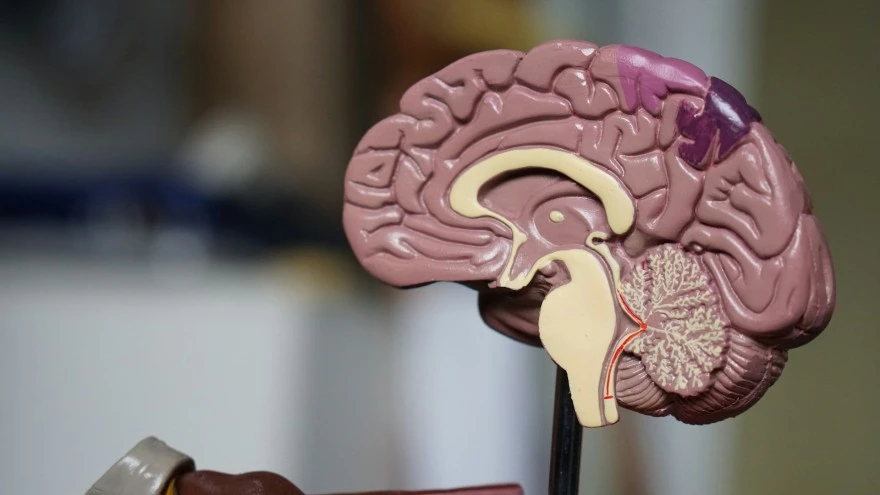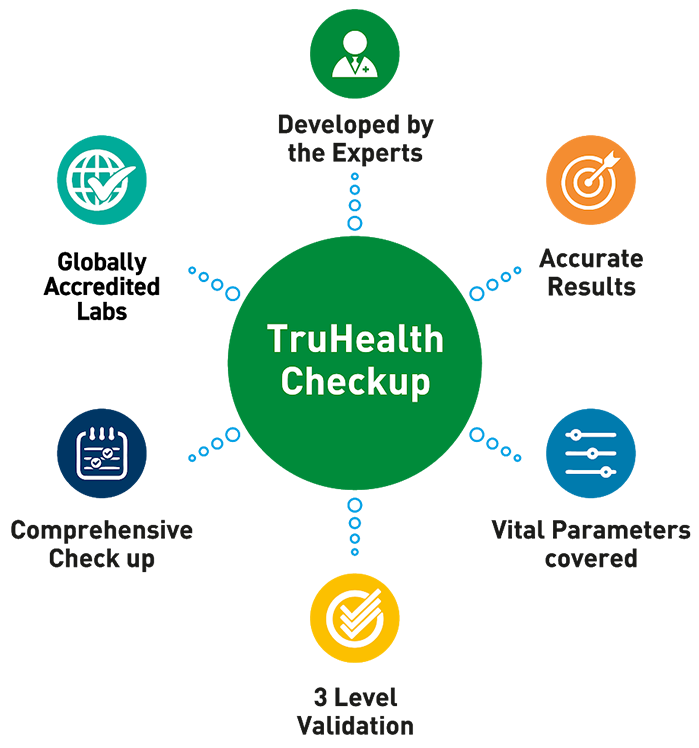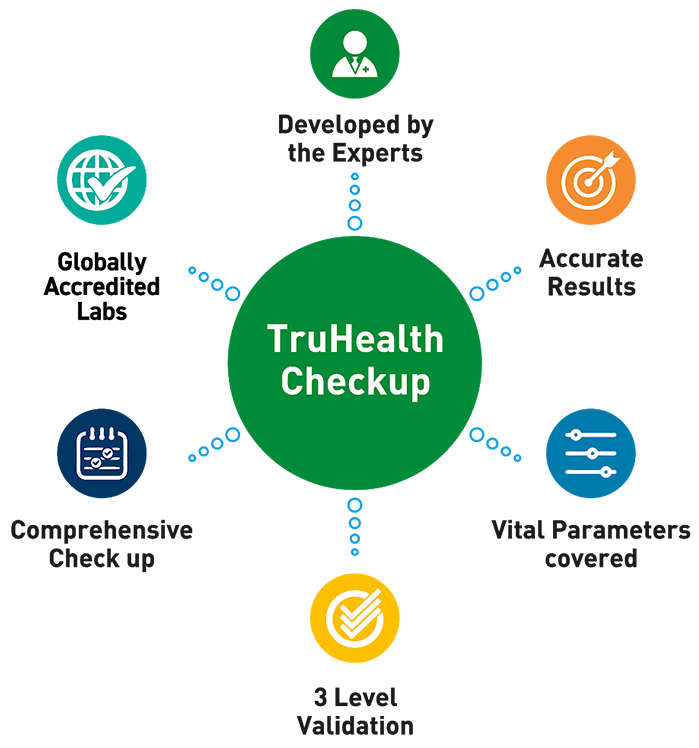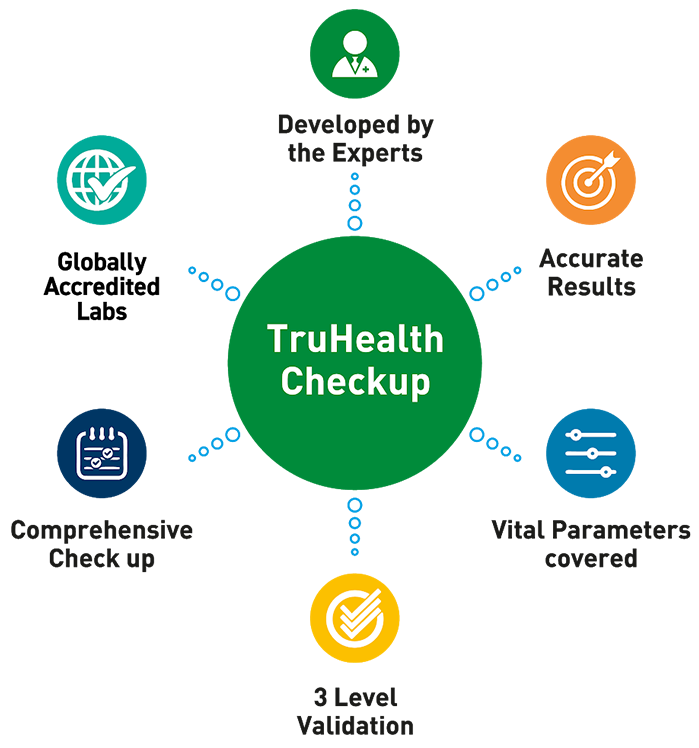Preventive Healthcare
All You Need To Know About Scurvy: The Vitamin C Deficiency

Table of Contents
- What Is Scurvy?
- Who Does Scurvy Affect?
- What Are The Symptoms Of Scurvy?
- What Causes Scurvy?
- How Is Scurvy Diagnosed?
- What Tests Will Be Done To Diagnose Scurvy?
- How Is Scurvy Treated?
- How Soon After Treatment Will I Feel Better?
- How Can I Prevent Scurvy?
- How Much Vitamin C Do I Need?
- What Can I Expect If I have Scurvy?
- Conclusion
What Is Scurvy?
A significant lack of vitamin C (ascorbic acid) in your diet can cause a Vitamin C deficiency which in medical terms is known as scurvy. This mainly occurs due to a diet low in Vitamin C. However, it is not very common as most people get the needed amount of this nutrient from their diet. Scurvy is more prominent in regions where malnutrition is a prevailing issue.
Who Does Scurvy Affect?
Scurvy can affect older adults, children, and babies without enough vitamin C in their diet. Individuals who are at risk of developing Vitamin C deficiency include those
- Who do not have access to fresh fruits and vegetables
- Who eat very little due to medical treatments like chemotherapy or eating disorders like anorexia
- Who smoke regularly as it reduces the amount of vitamin C that the body absorbs from your food.
- Who has a dependency on drugs or alcohol that can affect their diet.
- Who consume a poor diet during pregnancy or lactation.
- Who have food allergies and thus consume a restrictive diet.
- Who have health conditions such as inflammatory bowel disease or type 1 diabetes
What Are The Symptoms Of Scurvy?
Vitamin C is an essential nutrient for your body and plays different roles. This is why a deficiency in this nutrient may cause widespread scurvy symptoms that start small and you may notice small changes in your mood and body after around 4 weeks of continual Vitamin C deficiency , but they can begin to get more serious after 3 or more months of the deficiency. Here are the scurvy symptoms that you need to look out for
Initial warning signs
- Sudden unexplained exhaustion
- Weakness
- Irritability
- Aching legs
- Reduced appetite
Scurvy symptoms after 1 to 3 months
If you continue the same diet with insufficient vitamin C for 1 to 3 months, you may show the following symptoms
- Anaemia is when your blood lacks haemoglobin or red blood cells.
- Gingivitis which causes your gums to become soft and tender and appear red. Your gums may even start to bleed easier.
- Your hair follicles may have raised bumps that look like bruises. It often appears around your shins and the central hair may look like a corkscrew and break easily
- Appearance of large reddish-blue or black bruising on the feet and legs.
- Tooth decay or loosening of the teeth, in some cases the teeth also fall out
- shortness of breath
- Tender, swollen joints
- Dryness in the eyes, irritation, and haemorrhaging in the whites of the eyes or optic nerve
- Reduced immune health and wound healing, even opening of previously healed wounds
- Light sensitivity
- Blurred vision
- Gastrointestinal bleeding
- Headaches
- Mood swings including irritability and depression
- Hemorrhaging in the skin or bleeding under the skin
- Development of a scurvy rash which is tiny red or blue spots on the skin
- Rough scaly skin
- Chest pain
- Swollen legs
Scurvy symptoms in babies include
- Anaemia
- Failure to gain weight
- Loss of appetite
- Pain when they move
- Irritability
What Causes Scurvy?
A vitamin C deficiency for three months or more is one of the major scurvy causes . This may be due to an unhealthy diet that lacks fresh fruits and vegetables. Cooking food with high levels of vitamin C can also destroy the nutritional value of the food.
In some cases, your body may need more vitamin C which puts you at risk of deficiency. These conditions include
- Pregnancy
- Breastfeeding
- Diseases that can cause high fever
- Chronic diarrhoea
- Burns
- Usage of tobacco
- Recent surgery
- Overactive thyroid gland
Receiving chemotherapy and radiation therapy or receiving dialysis and having kidney failure are also considered to be scurvy causes.
How Is Scurvy Diagnosed?
Your doctor may be able to provide you with a scurvy diagnosis based on the symptoms you are experiencing. They will also perform a physical examination to evaluate you based on certain risk factors.
What Tests Will Be Done To Diagnose Scurvy?
A blood test may be ordered to measure the levels of vitamin C in your blood. You may also need to undergo a test known as dermoscopy, in which a small sample of your affected skin or hair is taken and examined under a microscope to find corkscrew hairs or scurvy rash.
How Is Scurvy Treated?
You have to undergo scurvy treatment to avoid any further complications that can arise due to prolonged vitamin C deficiency. Consuming more vitamin C is one of the easiest scurvy treatments. Always try and maintain a nutritious diet that has at least double the amount of vitamin C needed daily. Adding fresh fruits and vegetables with every meal also helps improve scurvy symptoms.
Your doctor may prescribe scurvy medication that includes taking a vitamin C supplement till you feel better. Children may be prescribed a supplement of up to 300 mg daily while adults may need 500 to 1000 mg supplements.
How Soon After Treatment Will I Feel Better?
Most individuals undergoing scurvy treatment report feeling better about 48 hours after the start of the treatment. You should be able to completely recover from the scurvy disease within two weeks, although some scurvy symptoms may take a little more time to start clearing up. Depending on your scurvy cause you may need to undergo further treatment or be referred to a specialist for a second opinion.
How Can I Prevent Scurvy?
Getting the recommended daily amount of vitamin C in your diet can help scurvy prevention. Some of the best sources of natural vitamin C are fresh fruits and vegetables such as
- Citrus fruits
- Tomatoes
- Broccoli
- Potatoes
- Sweet peppers
- Strawberries
If you think you are not able to incorporate the required amount of vitamin C in your diet you can talk to your doctor about incorporating a vitamin C supplement in your routine.
How Much Vitamin C Do I Need?
The amount of vitamin C you need daily depends on different factors such as your age. The daily vitamin C requirements for different ages are as follows
Birth to 6 months: 40 mg
Infants between 7 to 12 months: 50 mg
Toddlers between 1 to 3 years: 15 mg
Children ages 4 to 8 years: 25 mg
Children ages 9 to 13 years: 45 mg
Teenagers (male): 75 mg
Teenagers (female): 65 mg
Male adults, 19 years and up: 90 mg
Female adults, 19 years and up: 75mg
Pregnant teenagers: 80 mg
Pregnant adults: 85 mg
Breastfeeding teenagers: 115 mg
Breastfeeding adults: 120 mg
Those who smoke need to take at least 35 mg over the amount mentioned for their age and gender in the above list.
What Can I Expect If I have Scurvy?
Scurvy is a vitamin C deficiency which can be easily treated with immediate treatment. You can start feeling better within 24 to 48 hours of the start of treatment but some symptoms may take a little longer to clear out. Dental issues or corkscrew hairs can take between weeks and months to get better. Some cases of gum disease can be permanently damaged.
Conclusion
Scurvy is a disease that happens due to an extreme deficiency of vitamin C. Although consuming less vitamin C can cause this condition it usually doesn't become scurvy unless the condition goes untreated for over a month. To avoid this condition you need to incorporate a lot of fresh fruits and vegetables in your diet. Citrus foods like oranges and grapefruit are some of the best sources of vitamin C. Keeping track of your nutritional values with regular blood tests also helps you stay on top of your health. Metropolis Labs provides a premium at-home sample collection for blood tests so you can stay in your best health from the comfort of your home.






















